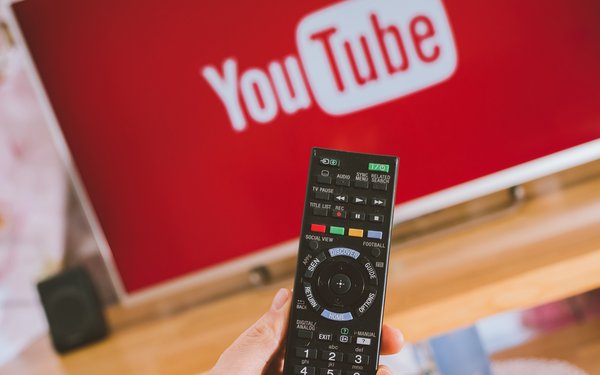
Can YouTube get some respect? TV set respect, that is.
A report
from The Information says nearly half of YouTube's viewership --45% -- now comes via TV set
consumption. That's a big deal, as smart TV sets -- those fully internet capable and easy app access devices for nearly any video-based platform -- are commonplace.
This is up from YouTube's
TV set consumption, which was below 30% just three years ago.
YouTube has seen this coming for a long time -- even as some critics harp on quality issues with the streaming service when it
comes to the metaphor attached, which is seemingly now disappearing -- user-generated content.
advertisement
advertisement
For years, media buyers have been moving in this direction, starting with Google Preferred nearly
a decade ago, which sold curated content on the YouTube site to major brand marketers -- all with Nielsen-measured viewership.
The downside for some media buyers early on was that there was
not much premium content available on YouTube -- content close in quality to what TV media buyers have been accustomed to with linear TV networks.
Now, there is a looser definition of
advertising approved video content on YouTube -- especially in light of reach concerns, which continue to impact linear TV.
If that does not tell a better story, consider now Nielsen's Gauge
index places YouTube (along with YouTube TV) as the top streaming service with the highest share -- nearly 8% -- ahead of Netflix.
This year, YouTube will return to TV upfront week in New York with a May 17 presentation at Lincoln Center.
Not
inconsequentially, that is the same day Netflix has its first-ever upfront event at its owned Paris Theater.
YouTube wants your attention and advertising dollars this upfront period, telling
its TV story.
How much will it get this time?